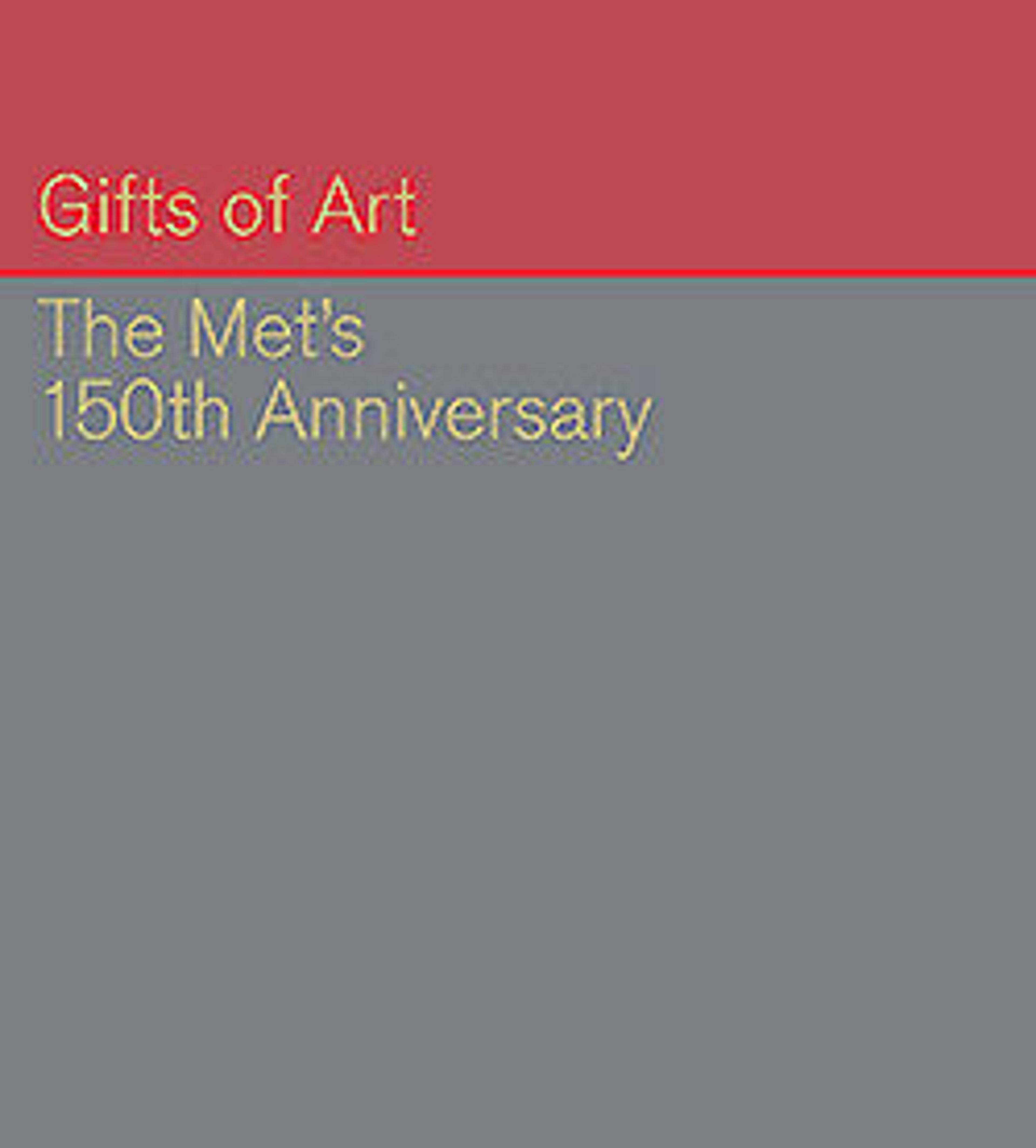Tenjin Traveling to China
This painting depicts the statesman-poet-scholar Sugawara Michizane (845–903) as Tenjin, the deified being he became following his unjust death in exile, and the calamities his angry spirit inflicted upon the imperial court in Kyoto. After his deification, Michizane was revered as a god of agriculture and patron of the falsely accused. One guise in which he is often represented is that of “Totō Tenjin,” or Tenjin on his way to China to visit a Zen Buddhist master. Rosetsu’s vision of Totō Tenjin reflects the artist’s early style, when he was strongly influenced by the deliberate, naturalistic mode of his master, Maruyama Ōkyo (1733–1795), founder of the Maruyama school.
Artwork Details
- 長澤蘆雪筆 渡唐天神図
- Title: Tenjin Traveling to China
- Artist: Nagasawa Rosetsu 長澤蘆雪 (Japanese, 1754–1799)
- Period: Edo period (1615–1868)
- Date: 1787–88
- Culture: Japan
- Medium: Hanging scroll; ink and color on paper
- Dimensions: Image: 35 1/8 × 13 in. (89.2 × 33 cm)
Overall with mounting: 67 1/8 × 17 11/16 in. (170.5 × 45 cm)
Overall with knobs: 67 1/8 × 19 1/2 in. (170.5 × 49.5 cm) - Classification: Paintings
- Credit Line: Gift of Sue Cassidy Clark, in celebration of the Museum's 150th Anniversary, 2019
- Object Number: 2019.418.4
- Curatorial Department: Asian Art
More Artwork
Research Resources
The Met provides unparalleled resources for research and welcomes an international community of students and scholars. The Met's Open Access API is where creators and researchers can connect to the The Met collection. Open Access data and public domain images are available for unrestricted commercial and noncommercial use without permission or fee.
To request images under copyright and other restrictions, please use this Image Request form.
Feedback
We continue to research and examine historical and cultural context for objects in The Met collection. If you have comments or questions about this object record, please contact us using the form below. The Museum looks forward to receiving your comments.
